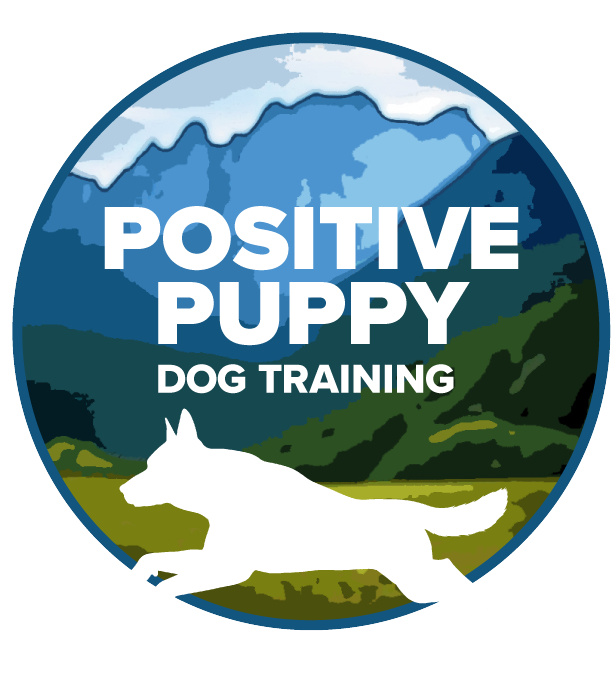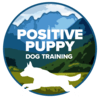Make the First Move
This morning, I am sitting in my chair, watching the morning news with my coffee thinking about what I should write about. There, next to me, is the sweetest, kindest black dog you can imagine. He doesn’t beg for attention. He doesn’t try to force my hand over his head. He doesn’t lick me. He doesn’t whine at me. He sits quietly. Instead of pestering me to pet him, he is quiet and polite. How did that happen?
I pay attention to the things I like from my dogs. I make the first move to adore them, to pet them, to tell them how much I like something. I don’t wait until they have done something bad to pay attention to them. I don’t encourage obnoxious, pushy behavior. I pay attention to what I like, a calm, polite, relaxed dog. I reach over and gently pet Kalidor’s ear. Then he lies down next to me. I pet him again, long slow strokes down his back. Kalidor is one of the least nervous, anxious dogs I have ever owned.
So often, our dogs come up to us, constantly licking us, or butting/nudging our arms and hands for petting. Or they jump on us, get in our laps without invitation, or even bark demanding we look at them. Many of us think this is cute and endearing. What we may not notice is that when they are not pestering us, they nervously look out the window for something to bark at, or the walk around the house looking for mischief to get into. Many dogs pant all day, whether it is cool or not. Some find it hard to just lie down and relax. These behaviors can indicate our dog is suffering from a freeform anxiety. If it continues, it can escalate into full on separation anxiety, aggression towards other dogs or even people.
Kalidor is one of the most accepting, friendly, outgoing German Shepherds I know. While I have practiced many of these training skills with my other dogs, I used much less food with Kalidor and Mariah to show them my pleasure with the behaviors I liked. Let’s face it. It’s hard to carry food with you all the time when you have a puppy. And even harder to do training when you have multiple dogs and they know there is food involved.
My mission was “beat them to it”. I made a practice of noticing the things I liked and I rewarded it with my attention – a pet and a good but soothing word to them BEFORE I found any need to stop bad behaviors like chewing, barking, whining, or even counter surfing.
When we train OURSELVES to look for the behaviors we like from our dogs such as lying nicely on the floor next to us, or sleeping quietly on a bed instead of pacing in front of a window, we show LEADERSHIP in a manner dogs understand. Leadership gives a dog direction. The problem is that we get carried away with our own lives and don’t pay attention to our dogs until something bad happens, or until we go to a class and are told what to do.
Make the first move! Be proactive in your dog training! Training can start any time and you will see decreased behavior problems!

